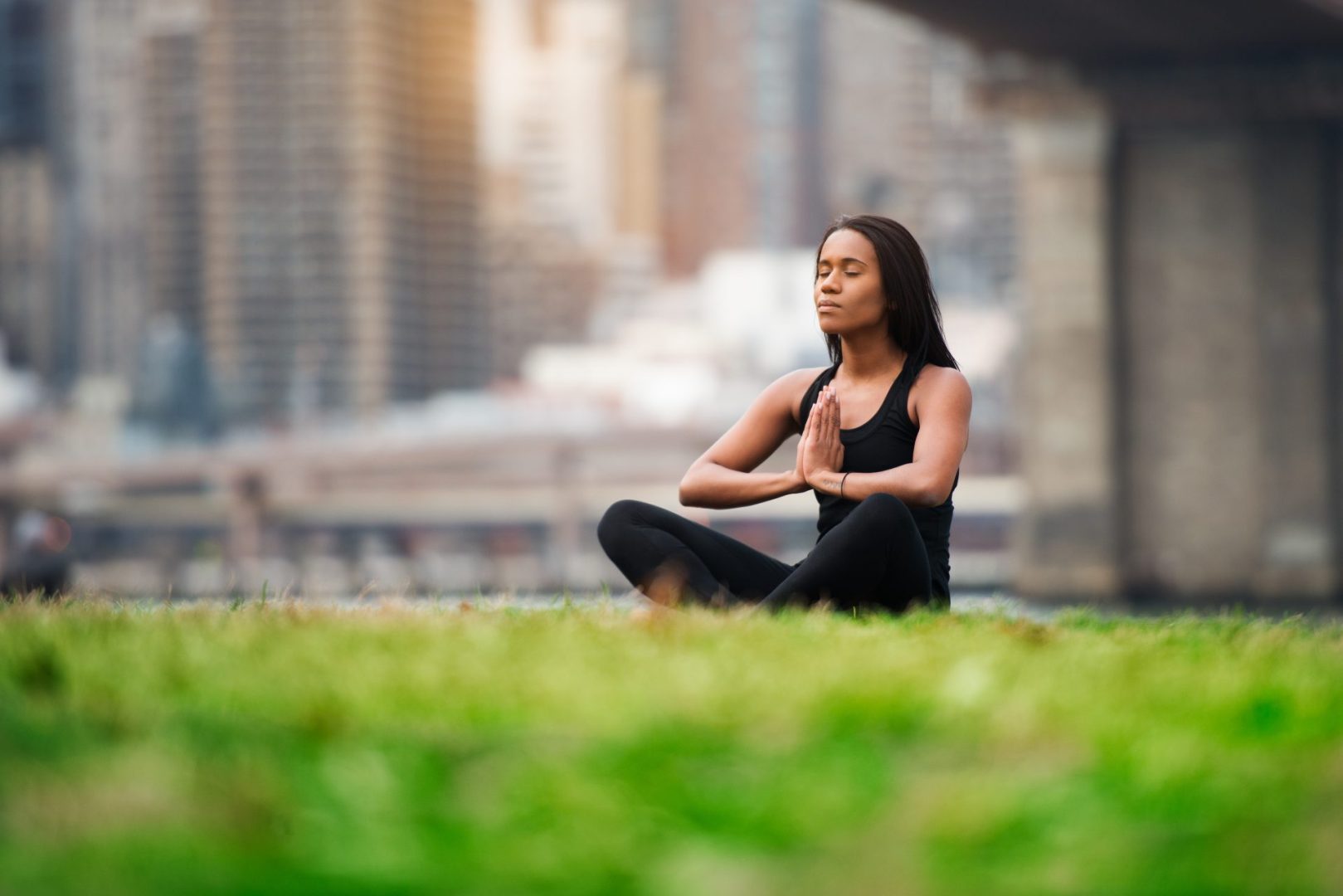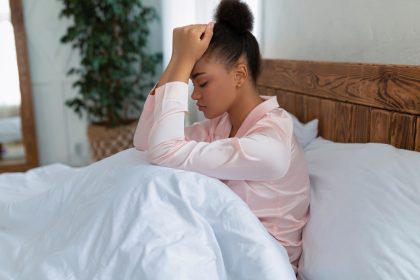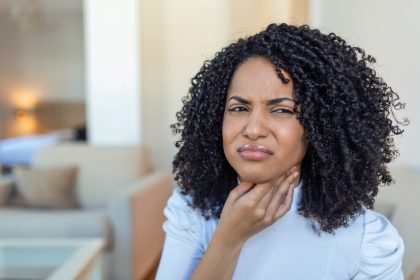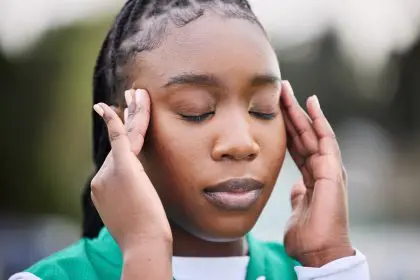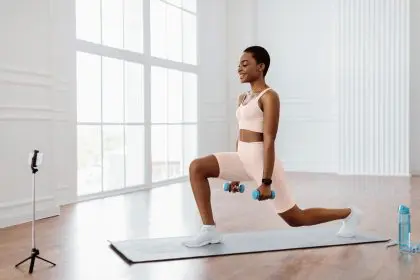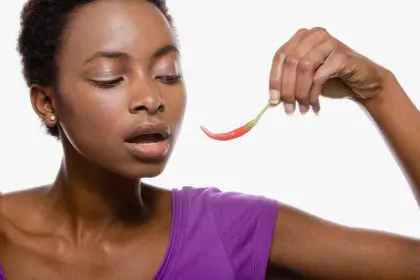The ancient practice of yoga continues to evolve, bringing fresh approaches to age-old wisdom that modern practitioners desperately need. As anxiety rates climb to unprecedented levels across all demographics, innovative yoga methods are emerging as powerful antidotes to our collective stress epidemic. These eight transformative trends represent more than fleeting fitness fads—they’re scientifically-backed approaches that demonstrate remarkable potential for reducing anxiety symptoms by significant margins.
The intersection of traditional yogic principles with contemporary understanding of neuroscience and psychology has birthed these revolutionary practices. Each trend addresses different aspects of anxiety while maintaining yoga’s foundational emphasis on mind-body connection. The effectiveness of these approaches stems from their ability to activate the parasympathetic nervous system, regulate cortisol levels, and create lasting changes in brain chemistry that support emotional resilience.
1. Trauma-informed yoga creates safe healing spaces
Trauma-informed yoga represents a paradigm shift in how practitioners approach the ancient discipline. This methodology recognizes that traditional yoga instruction can sometimes trigger stress responses in individuals with trauma histories. The practice emphasizes choice, consent, and body autonomy throughout every session.
Instructors trained in trauma-informed approaches modify traditional poses to ensure students feel empowered rather than vulnerable. The language used becomes gentler, with invitations replacing commands. Students receive permission to modify or skip poses entirely, creating an environment where healing can occur organically.
The impact on anxiety reduction proves profound because trauma-informed yoga addresses root causes rather than surface symptoms. Practitioners learn to reconnect with their bodies in ways that feel safe and controlled. The emphasis on present-moment awareness helps interrupt anxiety cycles that often stem from past experiences or future worries.
Physical modifications include keeping eyes open during meditation, maintaining awareness of exits, and avoiding deep backbends that can feel exposing. These adjustments create psychological safety that allows the nervous system to relax completely. The practice becomes a tool for reclaiming personal power rather than surrendering control.
Community building within trauma-informed classes provides additional therapeutic benefits. Practitioners often discover they’re not alone in their struggles, reducing isolation that frequently accompanies anxiety disorders. The shared experience of healing creates bonds that extend beyond the yoga studio.
2. Breathwork-focused sessions harness pranayama power
Ancient pranayama techniques are experiencing a renaissance as modern practitioners discover their profound impact on anxiety management. These breathwork-focused sessions dedicate entire classes to exploring different breathing patterns and their effects on mental state.
The practice goes far beyond simple deep breathing exercises. Students learn sophisticated techniques like alternate nostril breathing, box breathing, and extended exhale patterns. Each method targets specific aspects of nervous system regulation, offering practitioners a toolkit for managing anxiety in real-time.
Physiological changes occur within minutes of beginning focused breathwork. Heart rate variability improves, blood pressure decreases, and stress hormones begin to normalize. The immediate feedback creates confidence in the practice’s effectiveness, encouraging consistent application outside the studio.
Advanced practitioners explore breath retention techniques that challenge the mind’s tendency to catastrophize. By learning to remain calm during controlled breath holds, students develop resilience that transfers to anxiety-provoking situations in daily life. The practice becomes a form of exposure therapy that builds confidence gradually.
Integration with gentle movement amplifies the benefits. Simple poses become vehicles for exploring different breathing patterns, creating a moving meditation that keeps the mind engaged while the nervous system resets. This combination addresses both physical tension and mental agitation simultaneously.
3. Sound healing yoga incorporates vibrational therapy
The marriage of sound healing with traditional yoga creates immersive experiences that penetrate deeper than movement alone. These sessions integrate singing bowls, tuning forks, and vocal toning to create therapeutic soundscapes that promote profound relaxation.
Vibrational frequencies used in sound healing yoga target specific brainwave states associated with calm alertness and deep relaxation. The sounds create a form of entrainment where the nervous system naturally synchronizes with healing frequencies. This process bypasses the conscious mind’s resistance to relaxation.
Practitioners often report entering meditative states more easily when sound accompanies their practice. The external sounds provide an anchor for wandering minds, making meditation accessible even to those who struggle with traditional silent approaches. The combination creates a multisensory experience that engages multiple pathways to calm.
Physical sensations from sound vibrations complement the benefits of yoga poses. Students feel the resonance throughout their bodies, creating a massage-like effect that releases tension held in deep tissues. The integration of sound and movement creates a holistic healing experience that addresses multiple layers of stress.
Group sessions amplify the effects through collective resonance. When practitioners breathe and move together while immersed in healing sounds, a powerful field of coherence develops. This shared experience often produces deeper states of relaxation than individual practice alone.
4. Micro-yoga breaks fit busy lifestyles perfectly
The recognition that consistency trumps duration has led to the development of micro-yoga practices designed for busy schedules. These abbreviated sessions typically last five to fifteen minutes but deliver significant anxiety relief when practiced regularly throughout the day.
Micro-yoga sequences target specific stress points that accumulate during work or daily activities. Desk-friendly poses address neck and shoulder tension, while grounding sequences help transition between different parts of the day. The practices become preventive medicine rather than reactive treatment.
Accessibility makes micro-yoga particularly effective for anxiety management. Practitioners can implement these brief sessions without special equipment or clothing changes. The low barrier to entry encourages consistency, which research shows is crucial for lasting anxiety reduction.
Strategic timing maximizes the benefits of micro-yoga breaks. Morning sequences set a calm tone for the day, midday practices reset energy levels, and evening routines prepare the nervous system for restorative sleep. This distributed approach maintains steady anxiety management throughout daily cycles.
Technology integration supports micro-yoga practice through smartphone apps and wearable device reminders. These tools help practitioners remember to take breaks and provide guided sequences appropriate for different situations. The seamless integration into existing routines makes the practice sustainable long-term.
5. Yin yoga emphasizes passive poses and deep release
Yin yoga’s emphasis on passive, long-held poses creates unique opportunities for anxiety relief through deep fascial release and meditative introspection. Unlike dynamic yoga styles, yin practice involves settling into poses for three to seven minutes, allowing both body and mind to surrender completely.
The extended holds create time for the nervous system to shift from sympathetic to parasympathetic dominance. This physiological change is essential for anxiety relief but often requires more time than active practices allow. Yin yoga provides the spaciousness necessary for complete nervous system reset.
Fascial release achieved through passive stretching addresses physical manifestations of chronic anxiety. Tension patterns held in connective tissue begin to dissolve, creating space for deeper breathing and improved circulation. The physical release often triggers emotional release as well, providing comprehensive healing.
Meditative aspects of yin practice develop tolerance for discomfort and uncertainty. By learning to breathe through challenging poses, practitioners build capacity for staying present during difficult emotions. This skill directly translates to improved anxiety management in daily life.
Props and modifications make yin yoga accessible to practitioners of all abilities. Bolsters, blocks, and blankets support the body in poses, allowing complete relaxation without strain. This supported approach creates safety that enables deep surrender and healing.
6. Nature-based yoga connects practice with earth energy
Taking yoga practice outdoors creates profound shifts in perspective and anxiety levels. Nature-based yoga sessions leverage the documented benefits of natural environments for mental health while maintaining the structure of traditional practice.
Forest bathing combined with yoga amplifies the stress-reducing effects of both activities. The presence of trees and natural sounds creates an immediate calming influence that supports deeper relaxation. Practitioners often report feeling more grounded and centered when practicing outdoors.
Seasonal variations in nature-based practice provide opportunities to align with natural rhythms. Summer sessions might emphasize cooling poses and practices, while winter gatherings focus on warming sequences. This attunement to natural cycles helps regulate internal rhythms disrupted by modern life.
Unpredictability inherent in outdoor practice builds resilience and adaptability. Weather changes, uneven surfaces, and natural sounds create gentle challenges that strengthen mental flexibility. These minor disruptions become opportunities to practice staying centered amid uncertainty.
Community connections often develop more naturally in outdoor settings. Shared experiences in nature create bonds that extend beyond yoga practice, providing social support crucial for anxiety management. The informal atmosphere encourages authentic connections between practitioners.
7. Yoga nidra induces conscious deep sleep states
Yoga nidra, often called yogic sleep, guides practitioners into states of consciousness between waking and sleeping where profound healing occurs. These sessions focus entirely on systematic relaxation without physical poses, making them accessible to individuals with mobility limitations or severe anxiety.
The practice begins with setting intentions for healing and personal growth. Practitioners then journey through guided body awareness, breath observation, and visualization techniques designed to access subconscious patterns. This process allows for reprogramming of anxious thought patterns at their source.
Brainwave changes during yoga nidra mirror those found in therapeutic sleep stages. The practice facilitates the production of delta waves associated with deep restoration and healing. Regular practice literally rewires the brain for greater calm and resilience.
Accessibility makes yoga nidra particularly valuable for anxiety management. Sessions can be practiced lying down with minimal movement, making them suitable for individuals who find traditional yoga physically challenging. The passive nature allows even highly anxious individuals to participate successfully.
Integration with daily life occurs naturally as practitioners develop skills for conscious relaxation. The techniques learned in formal sessions can be applied during insomnia, before stressful events, or whenever anxiety levels rise. This practical application extends benefits far beyond the practice session.
8. Mindful flow sequences emphasize present moment awareness
Mindful flow yoga integrates traditional vinyasa sequencing with intensive present-moment awareness practices. Each movement becomes an opportunity for meditation, transforming familiar poses into vehicles for developing mindfulness skills essential for anxiety management.
Attention to micro-movements within poses reveals layers of sensation typically overlooked in faster-paced classes. This detailed awareness develops interoception—the ability to sense internal bodily signals. Enhanced interoception improves emotional regulation and reduces anxiety triggers.
Breath-movement synchronization becomes a moving meditation that anchors attention in the present moment. The coordination required to match breath with movement occupies the mind completely, interrupting anxiety-producing thought patterns. This focused attention creates immediate relief from mental agitation.
Transition awareness between poses receives equal emphasis with the poses themselves. Practitioners learn to move mindfully through changes, developing skills for navigating life transitions with greater ease. This application extends far beyond the yoga mat into daily life challenges.
Compassionate self-observation replaces self-judgment during challenging poses or sequences. Students learn to witness their reactions without criticism, developing the emotional regulation skills crucial for anxiety management. This inner awareness becomes a foundation for lasting mental health improvements.
These eight revolutionary yoga trends represent evolution rather than abandonment of traditional practice. Each approach honors ancient wisdom while incorporating modern understanding of trauma, neuroscience, and psychology. The result is a comprehensive toolkit for anxiety management that addresses multiple dimensions of human experience.
The 40% reduction in anxiety symptoms achieved through these practices reflects their ability to create lasting changes rather than temporary relief. By addressing physical tension, emotional patterns, and mental habits simultaneously, these approaches offer hope for sustainable healing. The integration of these trends into regular practice creates a powerful foundation for lifelong emotional resilience and well-being.

